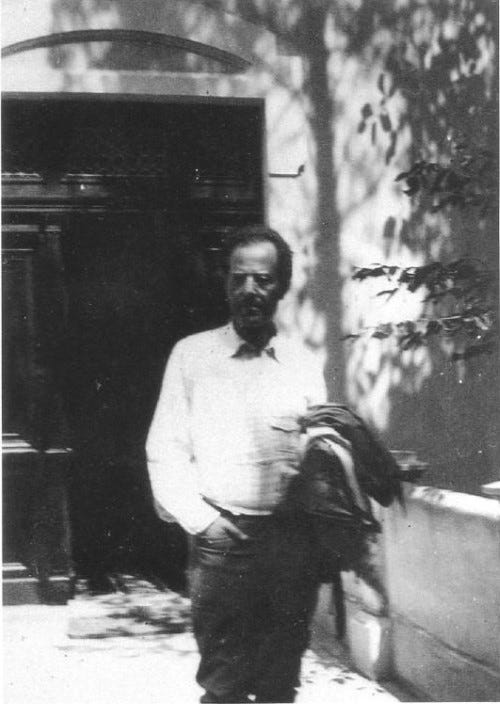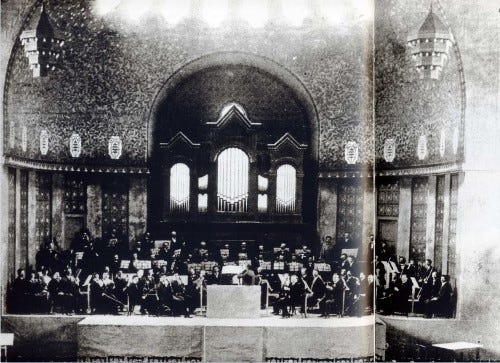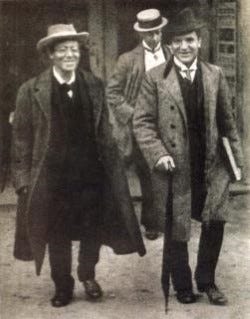
Mahler’s Symphony №7 is the last of the trilogy of purely instrumental and, on its surface, abstract symphonies. His summer holidays of 1905 did not begin well. He found himself unable to decompress and compose at all, so he took off to the mountains of the Southern Tyrol to clear his head. Unfortunately, he found no respite there, and returned to his villa in Maiernigg.

He wrote later to his wife, Alma, “I plagued myself for two weeks until I sank into gloom, as you well remember, then I tore off to the Dolomites. There I was led the same dance, and at last gave it up and returned home, convinced that the whole summer was lost. You were not at Krumpendorf to meet me, because I had not let you know the time of my arrival. I got into the boat to be rowed across. At the first stroke of the oars the theme (or rather the rhythm and character) of the introduction to the first movement came into my head — and in four weeks the first, third and fifth movements were done.”
This incredible rhythm you hear at the beginning of the seventh symphony not only captures the cadence of the oar stroke, but the sound of the ripples in the water. What follows in the remaining four movements are sounds and musical forms never heard before in a symphony, from a prominent tenor horn solo, to the of a mandolin and guitar, making this perhaps the most unique of all Mahler’s compositions.

The two movements he composed first were the two Nachtmusik movements that bookmark the crazed Scherzo. As much as the symphonies 5–7 are meant not to have program behind them, these two movements identify this symphony, for me, as music of dreams. It has often been noted that there is very little, if any, relationship between the five movements, but if one considers this music of Mahler’s unconsciousness, these movements from one fantastic Freudian journey!

It seems as though as Mahler’s reputation as a conductor increased, his reputation as a composer diminished. The frantic premiere and subsequent dismal reviews of his sixth symphony left him without a publisher and for the seventh, he was forced to pay out of pocket for the orchestra parts to be copied. He eventually found the small publishing firm in Leipzig, Lauterbach & Kuhn, to publish the score and parts, just weeks before the premiere in Prague. Here is a short documentary of Mahler’s Symphony №7 by the Mahler Festival Online.
The premiere took place in Prague in September 1908, and the list of luminaries at the concert was impressive: Thomas Mann, Bruno Walter, Artur Bodanzky, Otto Klemperer, Ossip Gabrilovich, Alexander von Zemlinsky, Alban Berg, and Oskar Fried. As difficult as the sixth symphony was to bring to life, the rehearsals and performance of the seventh were joyous and successful. Unfortunately, the critics didn’t agree, and even today Symphony №7 is the least performed and understood of his symphonies.



Here are my favorite performances.